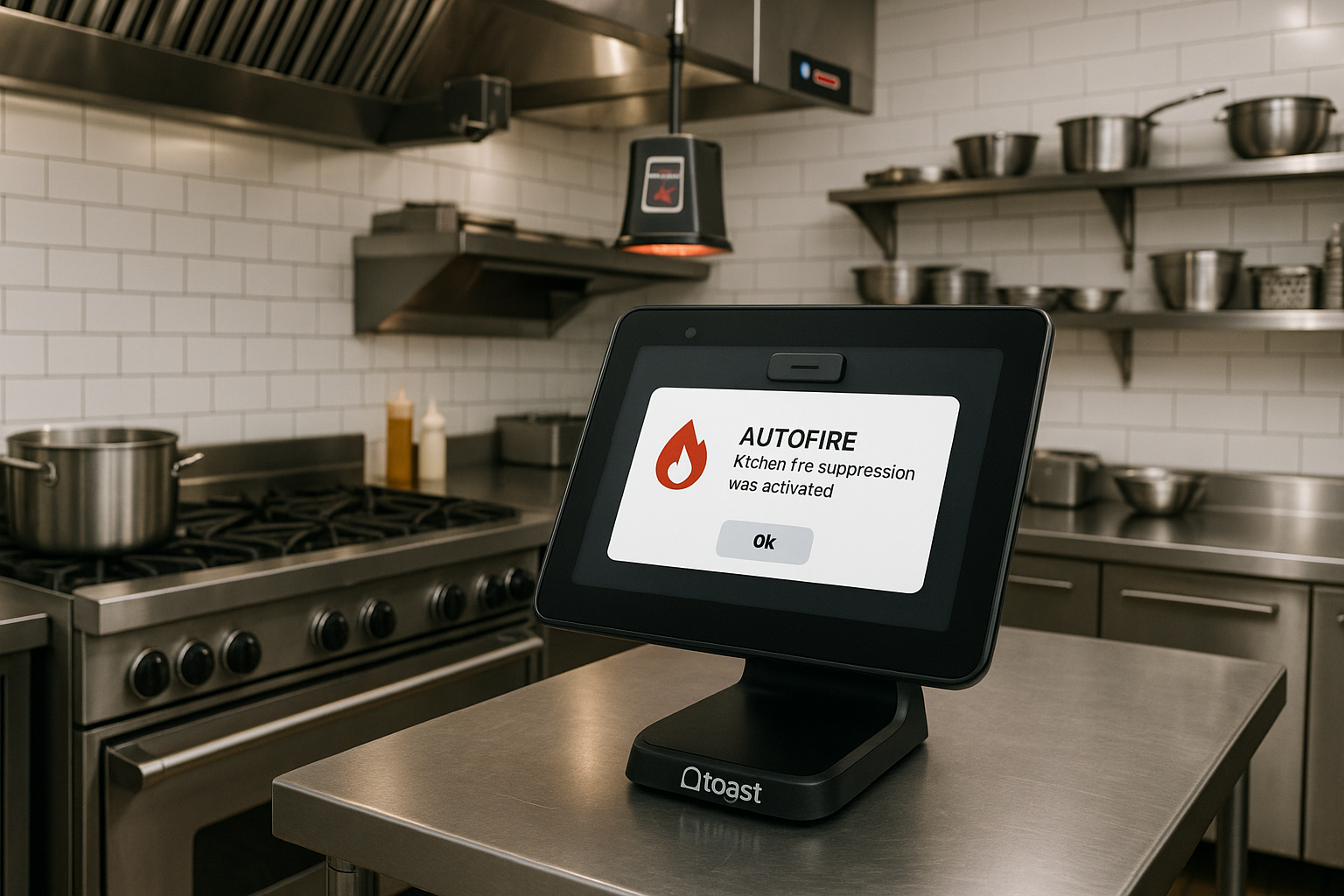Introduction
In the fast-paced world of the restaurant industry, effective inventory management can significantly influence operational efficiency and profitability. Toast, a leader in point-of-sale (POS) solutions, has recently enhanced its inventory management capabilities, introducing features that empower restaurant operators to manage ingredients with greater precision. With real-time tracking, automated inventory counts, low stock alerts, and integrated recipe management, Toast is enabling restaurants to streamline their operations, reduce waste, and maintain quality across their offerings.
Real-Time Tracking: A Game Changer for Restaurateurs
Real-time tracking of inventory is a transformational feature that allows restaurant operators to monitor their stock levels instantaneously. This capability ensures that managers are always aware of ingredient availability, which is critical for timely menu planning and food preparation. By leveraging this technology, restaurants can avoid running out of essential ingredients during peak hours, leading to improved customer satisfaction.
Moreover, real-time tracking allows for better decision-making regarding purchasing and supply chain management. Operators can analyze usage patterns, helping to forecast demand and adjust orders accordingly. This not only minimizes excess stock but also reduces the risk of spoilage, ultimately leading to cost savings and increased profitability.
As an added advantage, the transparency offered by real-time tracking enhances communication among staff. Employees can quickly access inventory data, which fosters a collaborative approach to inventory management. When everyone is on the same page, it leads to smoother operations and a more cohesive team environment.
Automated Inventory Counts: Save Time and Money
Toast’s automated inventory counts are designed to alleviate the burdens of manual inventory tracking. This feature enables restaurant operators to conduct regular inventory audits with minimal effort, saving them valuable time that can be redirected towards enhancing customer experiences. Automation not only reduces human error but also ensures that inventory data remains consistently accurate.
With automated counts, operators can receive instant updates related to ingredient usage and inventory levels. This feature helps identify trends in inventory depletion, allowing for timely reordering of supplies. Consequently, restaurants can maintain optimal stock levels without over-ordering, which is crucial for managing food costs effectively.
By streamlining the inventory counting process, restaurants can enhance their overall operational efficiency. This leads to less time spent on back-end tasks, allowing staff to focus more on service quality and customer engagement, ultimately driving sales and improving the bottom line.
Low Stock Alerts: Prevent Waste and Optimize Resources
Low stock alerts are an indispensable tool for restaurant operators who want to prevent supply shortages and minimize waste. With Toast’s inventory management system, staff can set customizable alerts that notify them when ingredient levels fall below predefined thresholds. This proactive approach enables restaurants to replenish stock before it becomes a critical issue.
By utilizing low stock alerts, restaurants can implement a just-in-time inventory strategy, which minimizes excess inventory and reduces the chances of spoilage. This feature not only conserves resources but also contributes to sustainability efforts by decreasing food waste.
Additionally, low stock alerts encourage operators to be more strategic in their purchasing decisions. By analyzing alert data, restaurants can adjust their ordering practices to align with actual consumption patterns, ensuring that they maintain the right balance of stock without overcommitting financially.
Recipe Management: Ensuring Consistency in Every Dish
The integration of recipe management within Toast’s inventory system ensures that restaurant operators maintain consistent quality across their menu items. By linking recipes directly to inventory, operators can track ingredient usage per dish, creating a seamless connection between inventory management and food preparation.
This feature is particularly beneficial for restaurants with multiple locations, as it helps standardize recipes and portion sizes across all sites. Consistency in flavor and presentation is vital for brand integrity, and recipe management ensures that every dish served meets customer expectations.
Furthermore, by analyzing recipe performance, restaurants can identify which dishes are most profitable and which may need adjustments. This data-driven approach allows operators to refine their menus based on actual sales and customer feedback, ultimately enhancing their offerings and increasing customer loyalty.
Conclusion
With Toast’s advanced inventory management features, restaurant operators are empowered to manage their resources more effectively than ever before. From real-time tracking to automated counts, low stock alerts, and recipe management, these tools help reduce waste, control costs, and ensure that every dish maintains the highest quality standards. As the restaurant industry continues to evolve, embracing such innovations will be crucial for operators looking to enhance their efficiency and profitability.

